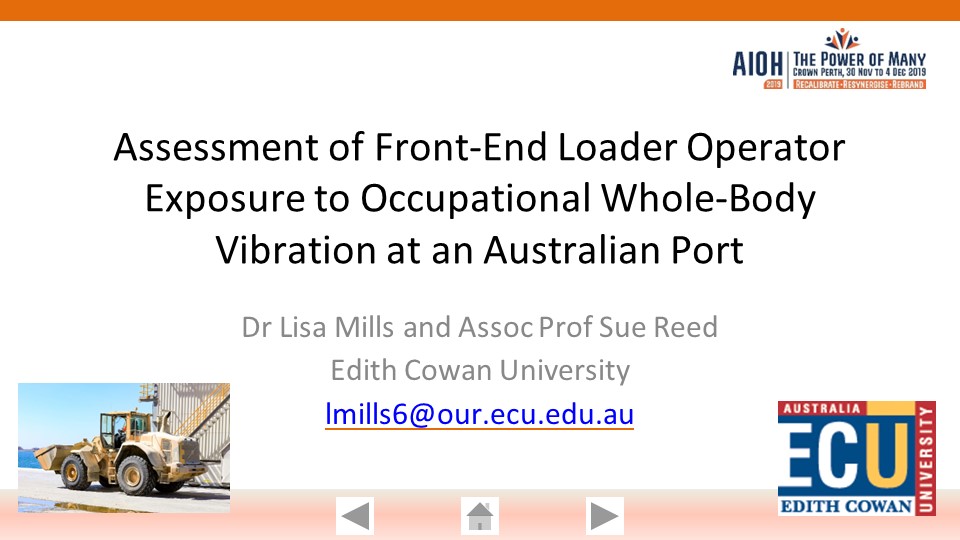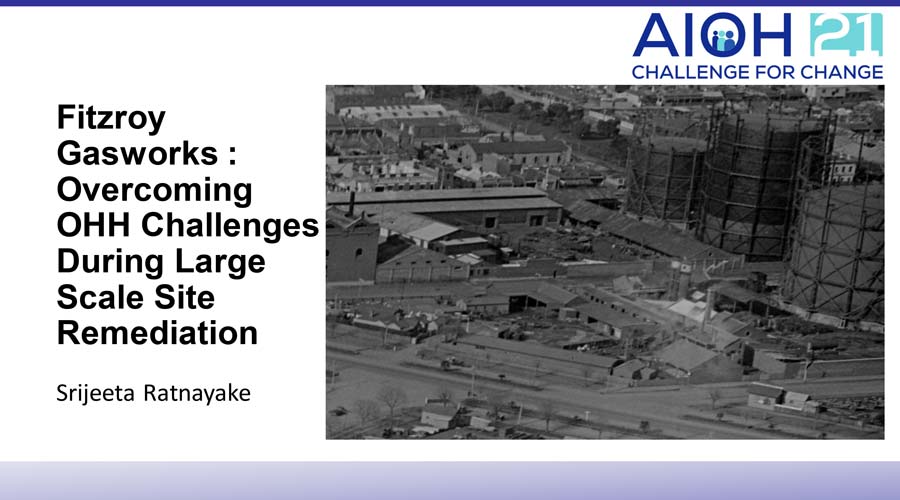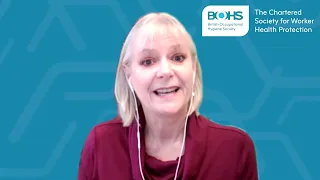Occupational Surveillance Programs – Lifestyle Frontiers
Presenter(s): Christine A. Kennedy
Medical surveillance is about informing prevention: it is designed to identify, characterize, and mitigate risks before health effects can occur. We design and implement occupational medical surveillance programs in order to keep workers healthy, and ensure that employers are meeting standards in Occupational Health and Safety Code regulations and legislation.
Current medical surveillance programs include specific exposures such as for silica, benzene, beryllium, laser, and noise, and more generally for regulated occupations: such as for firefighters, sea going occupations, and others. Programs have been designed and active for many years, however, in two industries (mining and refining), there has been an increasing incidence of “findings” of possible occupational disease, resulting in intensive clinical follow up which found non-occupational conditions/disease in all cases.
Specific clinical cases were reviewed in this study for silica, beryllium, benzene and noise, which show a trend of increasing rates of disease (respiratory and hearing loss) due to non-occupational exposures such as cocaine and fentanyl drug use, tobacco use, and other lifestyle toxins/risks (ethanol, obesity). The rate of “lifestyle diseases” found by occupational surveillance programs now far outnumber any “true” occupational condition cases identified.
The implications of such changes in fundamental occupational medicine and industrial hygiene practices of medical surveillance programming are explored, and suggestions for rationalizing scarce resources and optimizing monitoring and surveillance practices are presented in this paper.
Two illustrative medical cases will be presented. Multidisciplinary discussion of the challenge presented by increasing numbers of “lifestyle” diseases and exposures to current surveillance and monitoring practices is encouraged.











